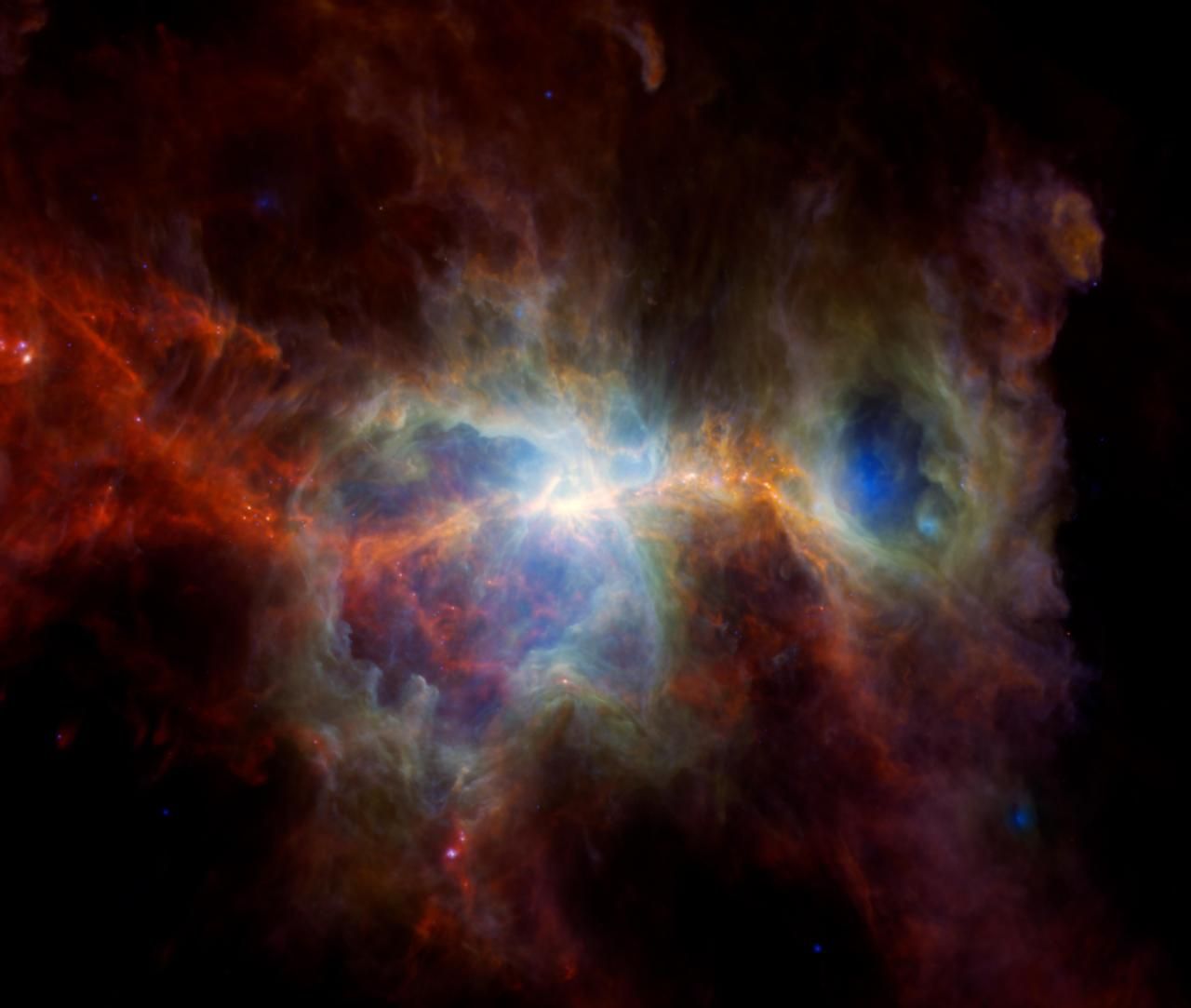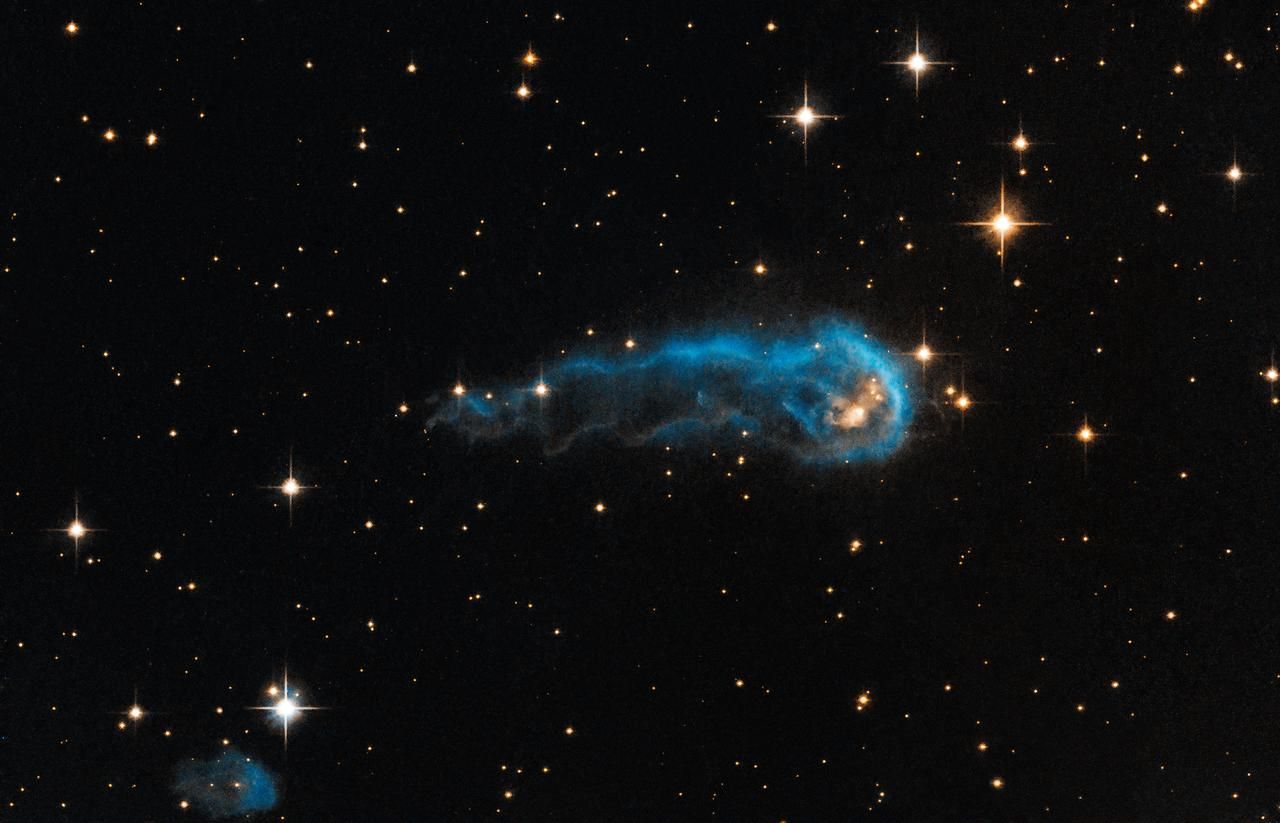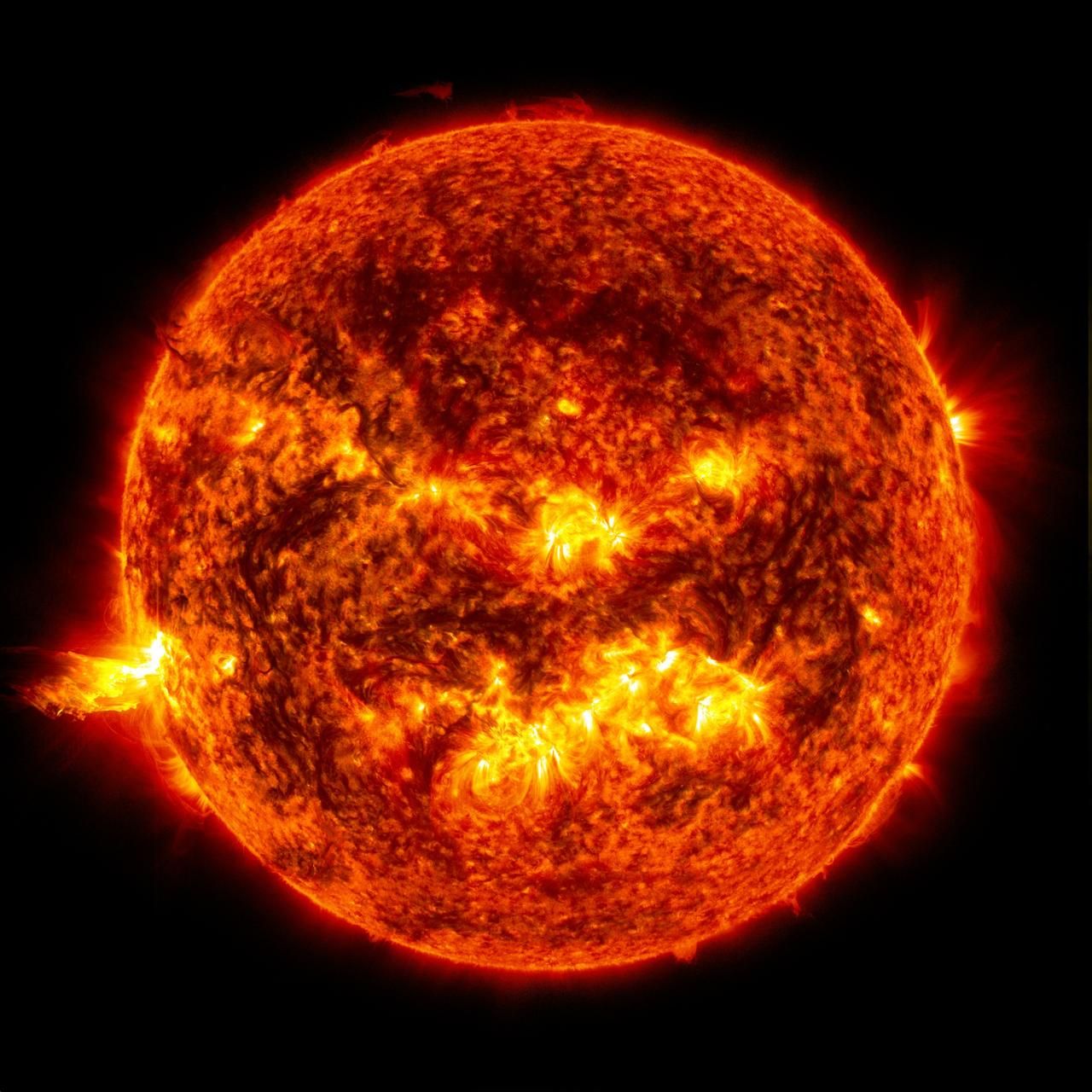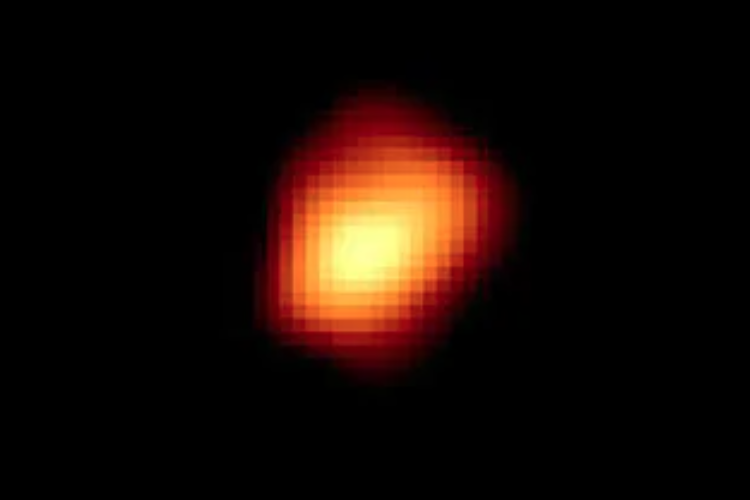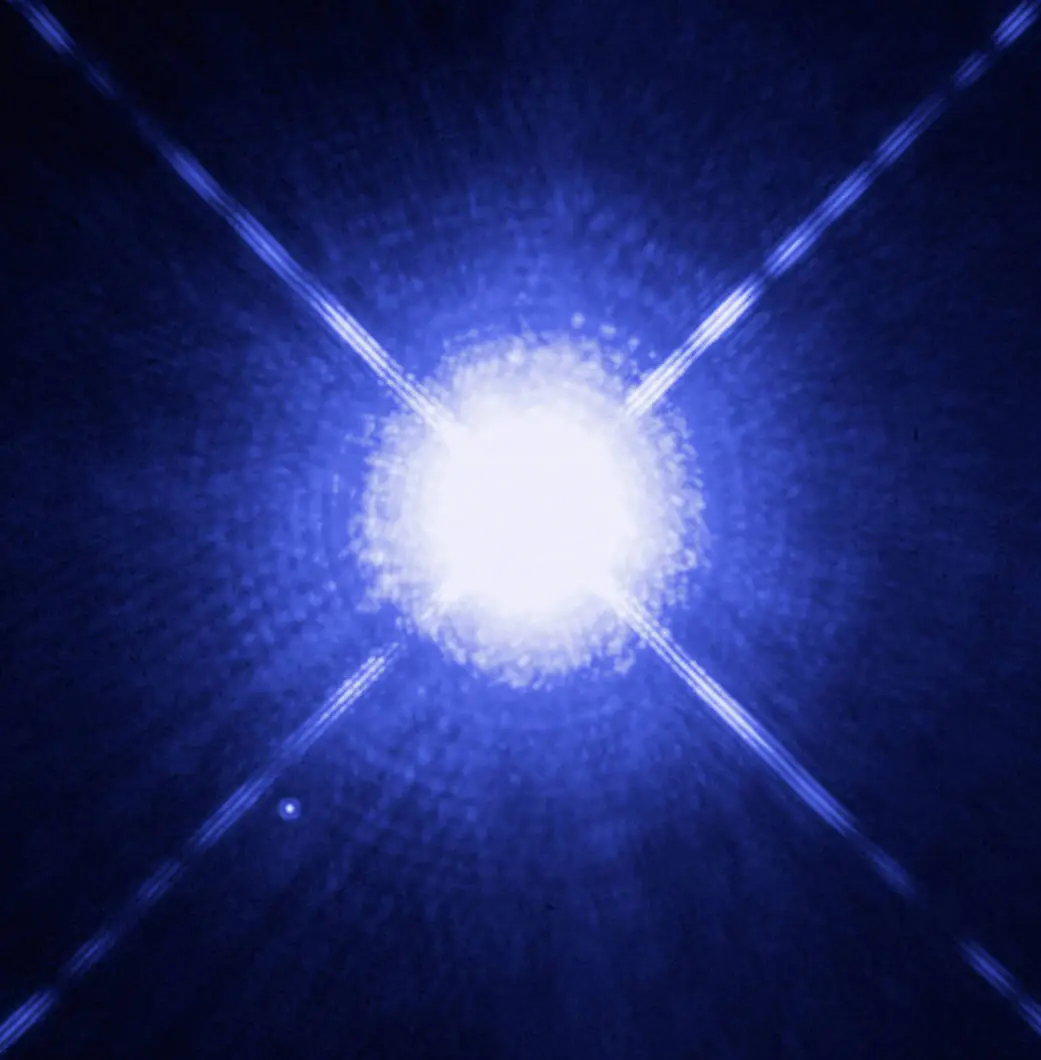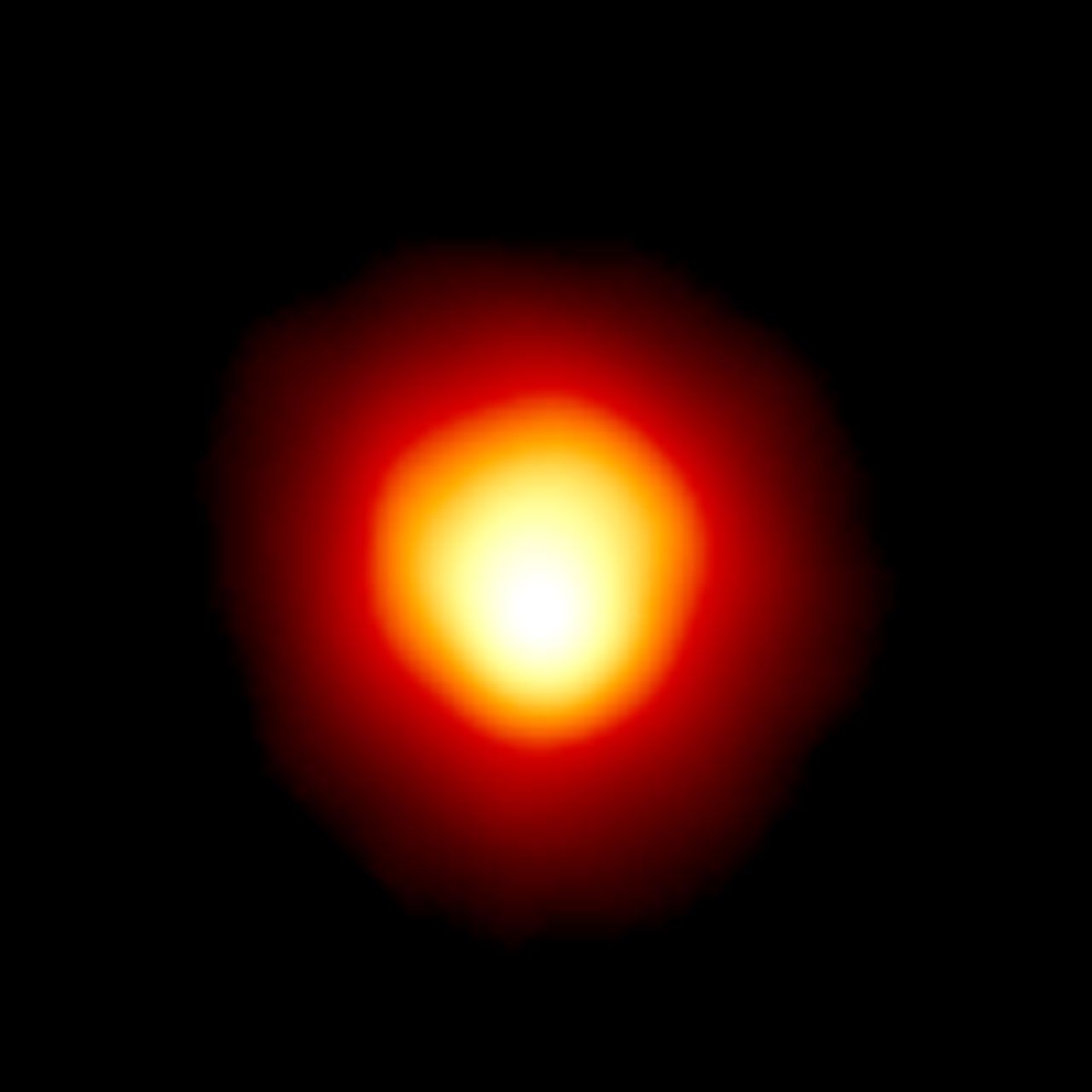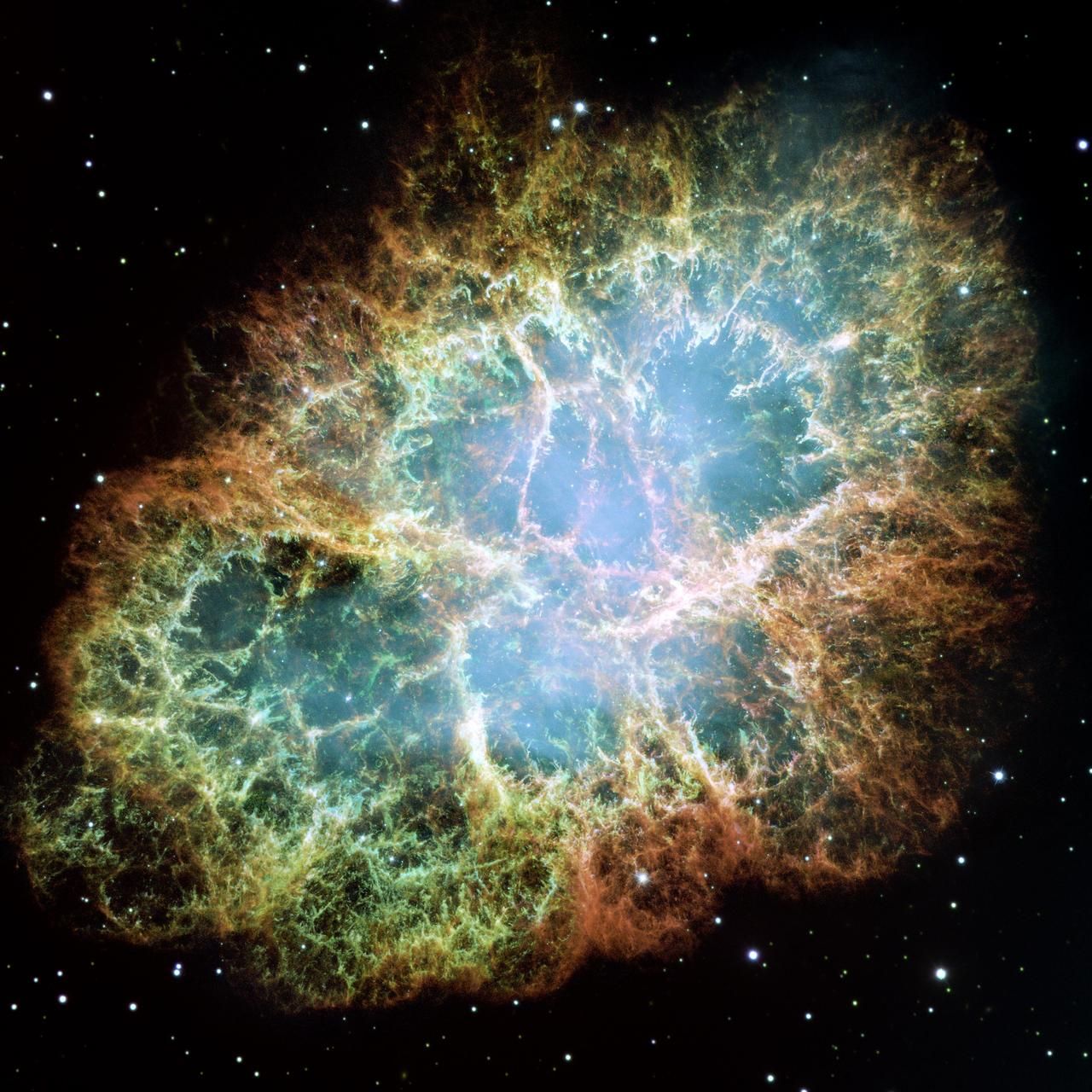When observing the night sky, it’s easy to forget that every point of twinkling light is a star at some point in its life cycle. Between a star’s violent birth and even more violent death, it remains stable for up to tens of billions of years. Let’s look at these phases in more detail.
The Nebula Phase
Stars begin their life inside vast clouds of gas and dust called nebulae or molecular clouds, ranging from 1,000 to 10 million times the Sun’s mass. The colder the molecular clouds, the more liable they are to react to gravitational disturbance, like shockwaves from a nearby supernova, causing them to clump together to cause dense knots of gas.
As these knots continue to grow, they collide with other dense knots or collect more matter from around the formation zone, and their gravitational force grows.
Located in the constellation Orion, the Orion Nebula is the only nebula we can see with the naked eye. Look below the three stars that form Orion’s belt to see a fuzzy-looking smudge. When you find it, take a moment to appreciate that you’re looking at a region in the sky where stars are actively forming! It’s even more spectacular when viewed through binoculars or a telescope.
When the gravitational forces reach a tipping point, the huge clumps of accumulated matter collapse, and the resultant friction built up during this phase results in an intense build-up of heat. At this point, the formation of a protostar has begun.
The Protostar Phase
The energy generated during the collapse of material during the nebula phase feeds the newly-formed protostar, but it is not yet sufficiently hot for nuclear fusion to take place. The protostar continues to grow by pulling in more and more matter from the nebula from which it formed—a process called accretion—causing a protoplanetary disk to form around the protostar’s core. This leftover soup of dust, ice, and gases clump together to form planetesimals, which collide and merge to become fully-fledged planets.
If a star has a mass of more than 0.08 solar masses (one solar mass is equivalent to the mass of our sun), nuclear reactions begin, and nuclear reactions cement the body’s status as a star. Planets form around it, and the star enters the main sequence.
The Main Sequence
After millions of years of pressure building and temperatures rising during the protostar phase, the forming body faces an ultimatum. If it doesn’t ever reach 0.08 solar masses, it won’t generate sufficient temperature (10 million Kelvin) to initiate the nuclear fusion phase, resulting in a failed star called a brown dwarf that spends eternity cooling off and fading away.
On the other hand, if the protostar does reach 0.08 solar masses, the star’s core squeezes hydrogen atom nuclei together to form helium, an intensely powerful process that prevents the star from collapsing under its own gravity. This phase is like a spark that lights a fire—once it’s lit, it will stay lit until its energy runs out.
Stars spend around 90% of their lives in the main sequence phase, and most of the stars we see when we spend the night stargazing are main sequence stars. Our Sun (pictured above) is estimated to be roughly halfway through this stage.
The Death Phases
The mass of a star is crucial as it moves away from its main sequence phase, because it determines how it behaves as it nears its end of life. Regardless of its mass, however, what triggers the start of the end of a star’s life is its core running out of hydrogen, meaning less nuclear fusion can take place.
Nuclear fusion is crucial in a star, as it balances the gravitational forces that pull matter together. Since the nuclear fusion taking place is dwindling during a star’s death, gravity begins to win and starts to squeeze the star’s core.
Low-Mass Stars
Sun-like low-mass stars use up the final parts of their hydrogen supply relatively slowly, meaning the death process can take billions of years. This phase involves them becoming red giants, as fusion converts helium into carbon.
Start at the Big Dipper and follow the “handle” away from Ursa Major until you arrive at an orange-colored star. This is Arcturus, one of the best-known red giants in the night sky.
After the red giant sheds its outer layers, planetary nebulae—clouds of dust and gas that looked like planets when first observed through a telescope—of unusual shapes and colors form around the outside of the dying star. Eventually, the red giant becomes a white dwarf, a star that has ceased nuclear fusion but still emits light from the thermal energy it stored over time. White dwarfs are roughly the same size as Earth but are comparable to the Sun in terms of mass.
When a white dwarf stops producing light, it becomes a black dwarf. However, no stars are yet to reach this phase, since the universe is not old enough. This means black dwarfs remain a conceptual stage in a star’s death.
High-Mass Stars
The process for high-mass stars (eight solar masses or more) is much quicker, as they convert their hydrogen fuel much more quickly—a process that takes only a few million years. When the massive star runs out of hydrogen in its core, it expands and cools to form a red supergiant.
Find the Orion constellation, best known for Orion’s belt and the Orion Nebula. Once you’ve located Orion’s Belt, cast your gaze upwards to find the red supergiant, Betelgeuse. It’s believed to be up to 1,000 times the size of our Sun.
At this stage, the star’s core has not yet collapsed, thanks to the ongoing fuel conversion processes that convert carbon into heavier elements, like oxygen, magnesium, and neon, and ongoing chain reactions fusing silicon into iron. However, each time a new, heavier material is created, the time the red supergiant’s core has left reduces significantly.
Eventually, the iron core collapses—as iron fusion absorbs energy rather than releasing it—and violently rebounds on itself, projecting its outer layers into space as a huge, spectacular explosion called a supernova. The material violently cast into space forms new nebulae, and the star-forming process begins once again to complete the stellar life cycle.
Finally, remnant stars with a mass of less than 2.2–2.9 solar masses—known as the Tolman–Oppenheimer–Volkoff limit—form dense neutron stars (illustrated below).
If their mass exceeds the Tolman–Oppenheimer–Volkoff limit, nothing can generate the forces required to oppose the immense gravitational pull. This indefinite gravitational collapse results in the formation of a black hole, a little-understood cosmic object whose gravity is so strong that not even light can escape.
If you’re spending time outside enjoying the stars, make sure you check out whether a meteor shower is due at the same time. They’re really easy to see, and they happen all year round.


